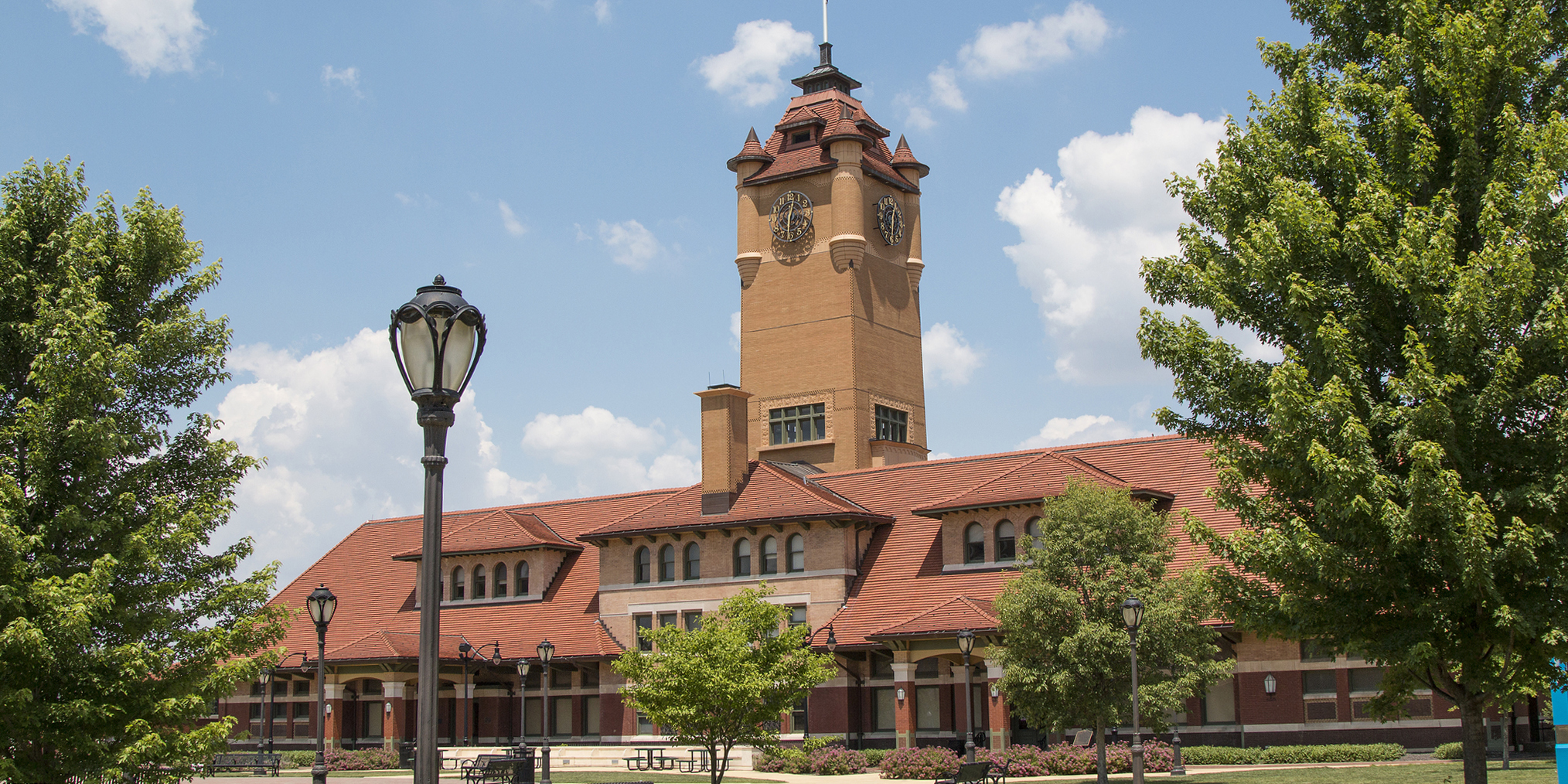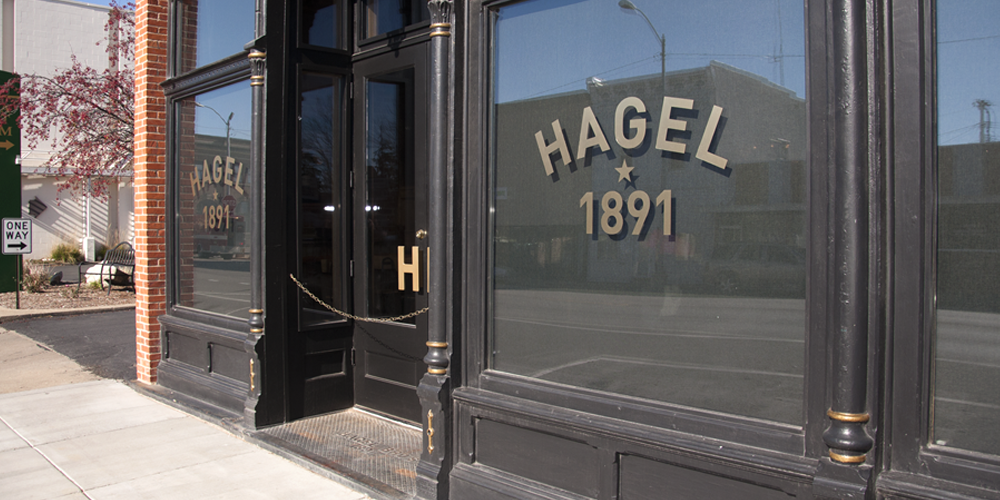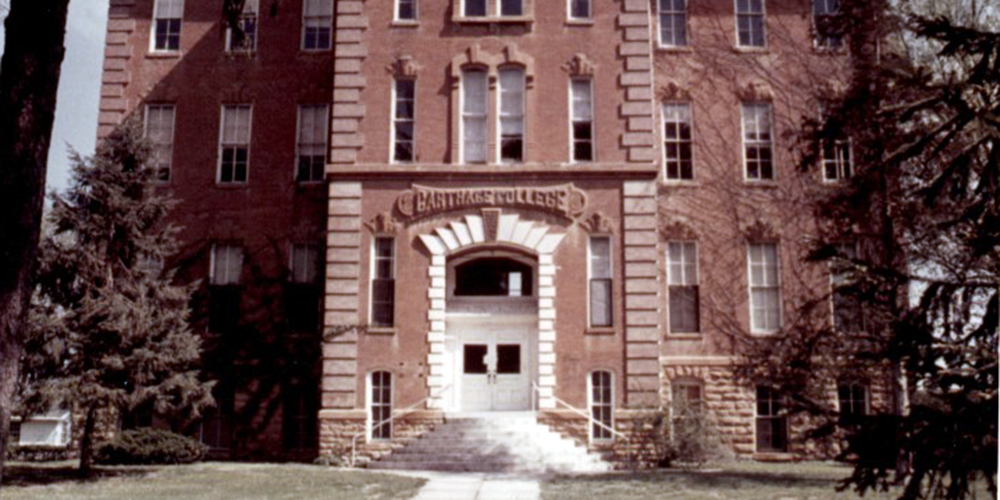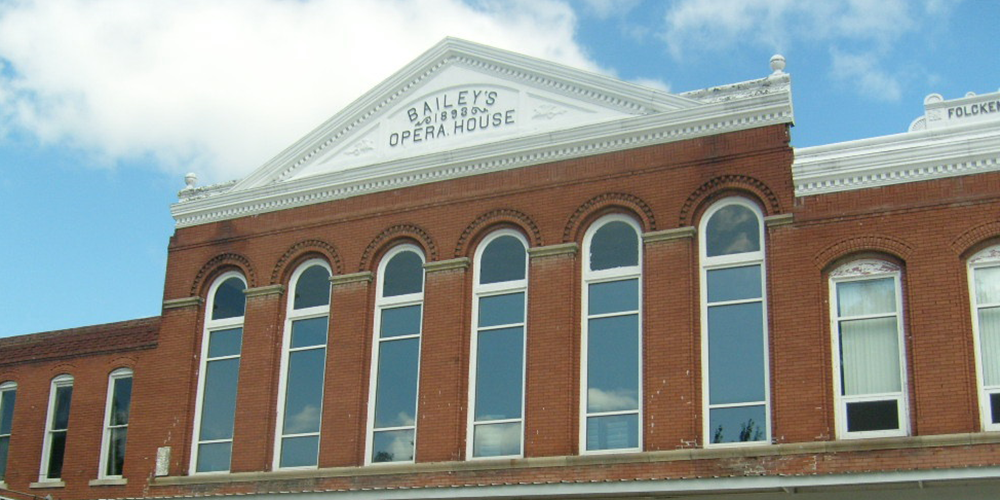Your Guide to Preventing and Managing Overdraft Fees
Avoid Overdraft Fees
An overdraft can occur when you try to spend more money than you have available in your checking account. For example, let’s assume you have $40 in your account. You ask the phone company to electronically deduct $35 from your checking account to pay the bill. You now have $5 available. Next, you use your debit card to make a $10 purchase. You could overdraw your account if the bank allows the $10 purchase to be processed. This could cost you expensive overdraft fees. The amount you are overdrawn plus your bank’s fees will be deducted immediately, in full, from your next deposit(s) -- including from payroll deposits made by your employer, government benefit deposits, and other direct deposits on which you may depend. These deductions will lower your account balance once again and may increase the risk of more overdrafts and costly fees.
ATM and Point of Sale Debit Card Purchases
In 2010, federal regulations took effect that provide certain protections for bank customers when their deposit account(s) are overdrawn. Customers now have a choice whether to opt-in to a bank’s overdraft program. By choosing to opt-in, the bank can charge you a fee to process point-of-sale (POS) or ATM transactions that exceed your account balance.
This is called the “opt-in rule” – if you do not opt in, the bank will decline your ATM withdrawals and debit card transactions at POS terminals if you do not have enough money in your account to cover the withdrawal or purchase. If you do not opt-in but the bank pays an ATM or POS item when your account is overdrawn, the bank cannot charge you an overdraft fee.
Checks and Other Transaction Account Payments
For other transactions that would cause you to exceed your balance, such as if you write a check that overdraws your account or for recurring bills automatically deducted from your account, your bank can choose whether to “pay” (cover) the transaction that would cause you to exceed your balance. If the bank decides it will cover the transaction, expect it to charge you an overdraft fee, which may average around $30. If the bank decides not to cover the transaction, it may charge you a “non-sufficient funds” (NSF) fee and the merchant also may charge you a returned check fee.
Two Ways to Avoid Costly Overdraft Fees in Automated Overdraft Programs:
- Watch Your Balance - Track the money you deposit into and withdraw from your account. You can do this on a paper check register or electronically. Remember to track ATM withdrawals, purchases you make with your debit card, bills that get debited electronically from your account, and checks. It also may be a good idea to keep a cushion of funds in your account to help prevent unintended overdrafts.
- Link Your Checking Account to a Savings Account - If the accounts are linked and you do not have enough money in your checking account to cover a transaction, the bank will transfer funds from your savings account to your checking account to cover the difference. This can save you money over other overdraft programs because most banks will only charge you a small fee, if they charge at all, for transfers. However, this option is useful only if you have enough money in the linked savings account to cover the transaction. Otherwise, ask your bank about other less costly alternatives to over-draft payment programs, such as a linked line of credit or affordable small-dollar loan.
What should I do if I have a problem?
If you have a concern about your account, contact your financial institution. Explain the problem and how you would like to see the problem resolved. If contacting the bank does not produce desired results, you can contact the bank’s federal regulator for assistance.
To learn more about smart ways to manage your money, complete the FDIC Money Smart financial education program online through www.fdic.gov/moneysmart. You can also find financial education workshops or individualized counseling in your area.
To learn more about how to contact your bank’s federal regulator, call the FDIC’s Consumer Assistance Line at:
| 1-877-ASK-FDIC (1-877-275-3342). www.fdic.gov/consumer |






